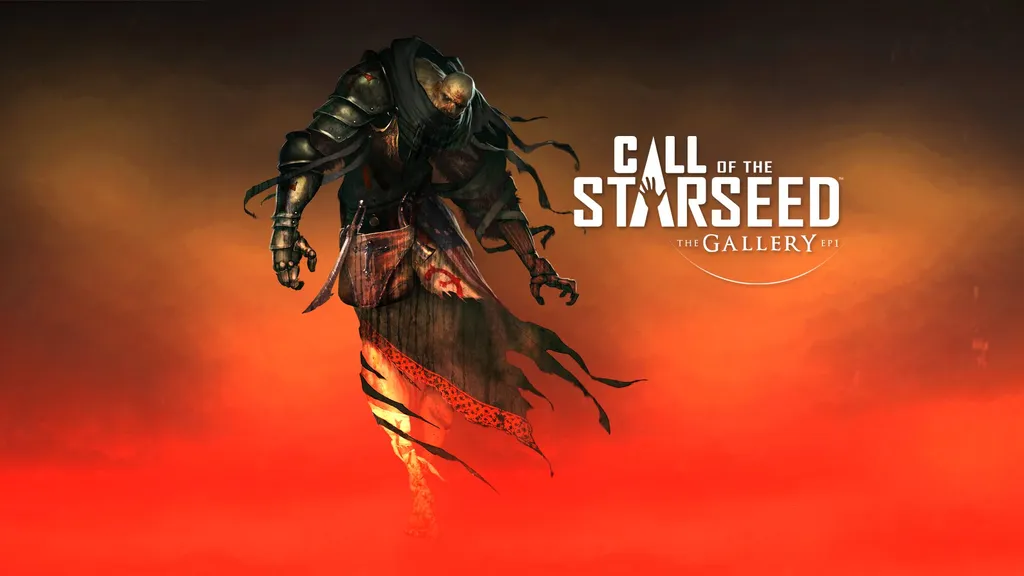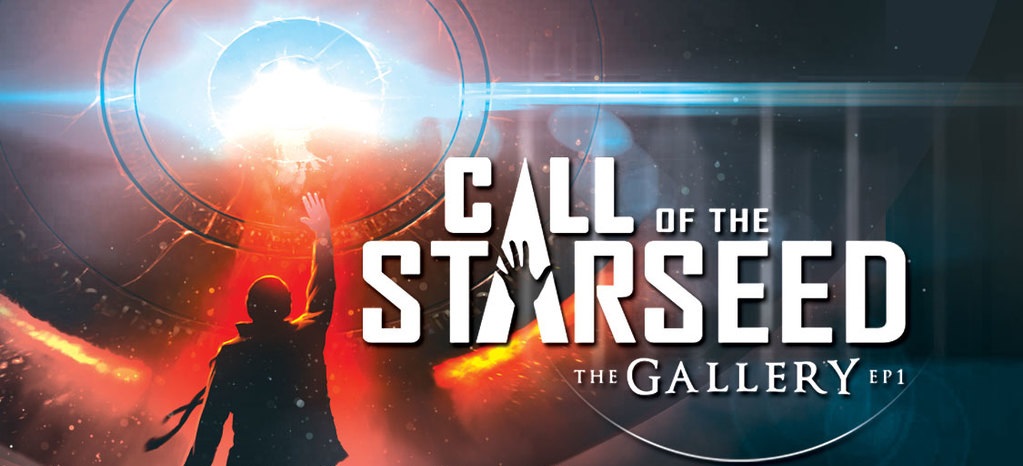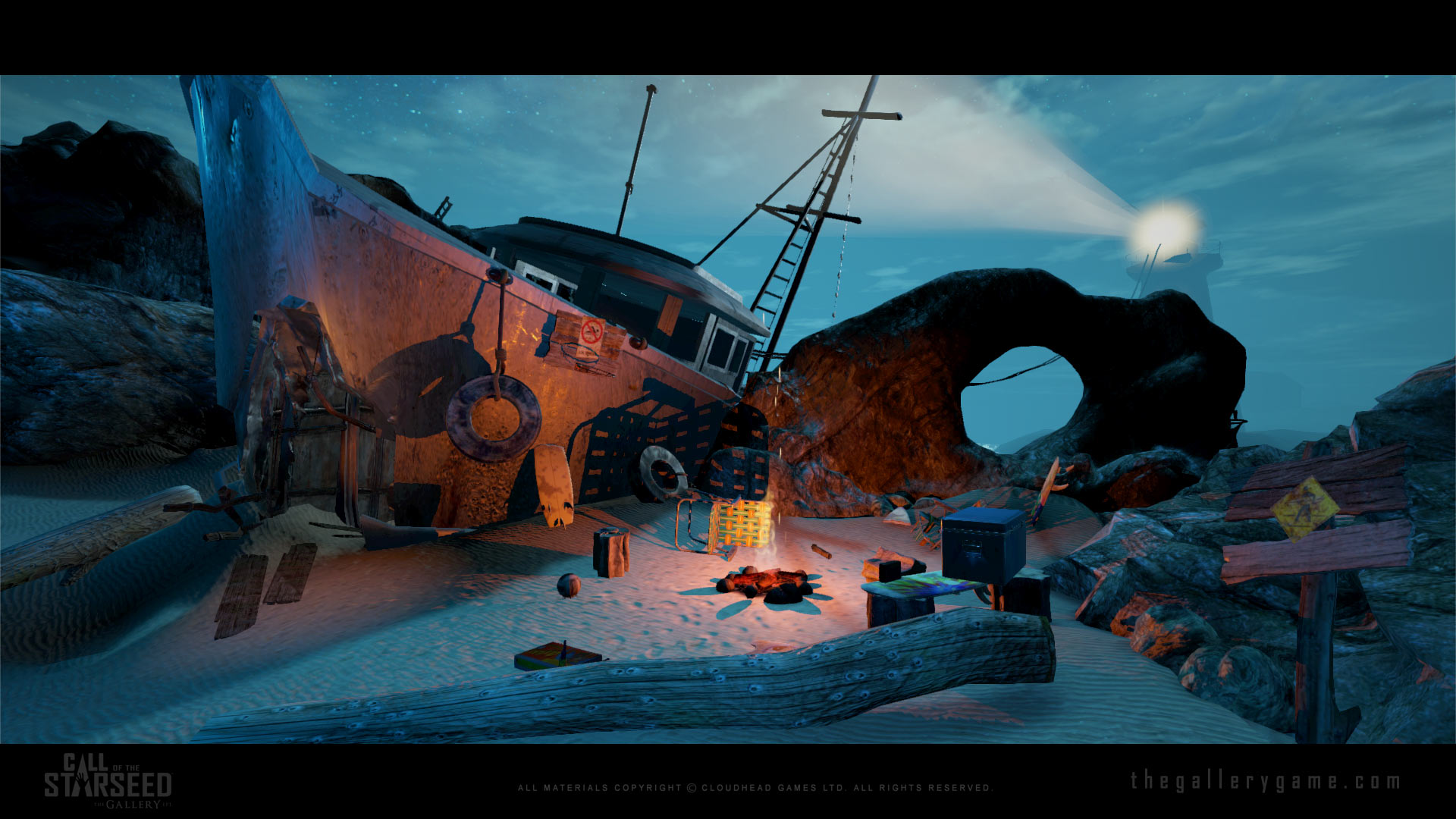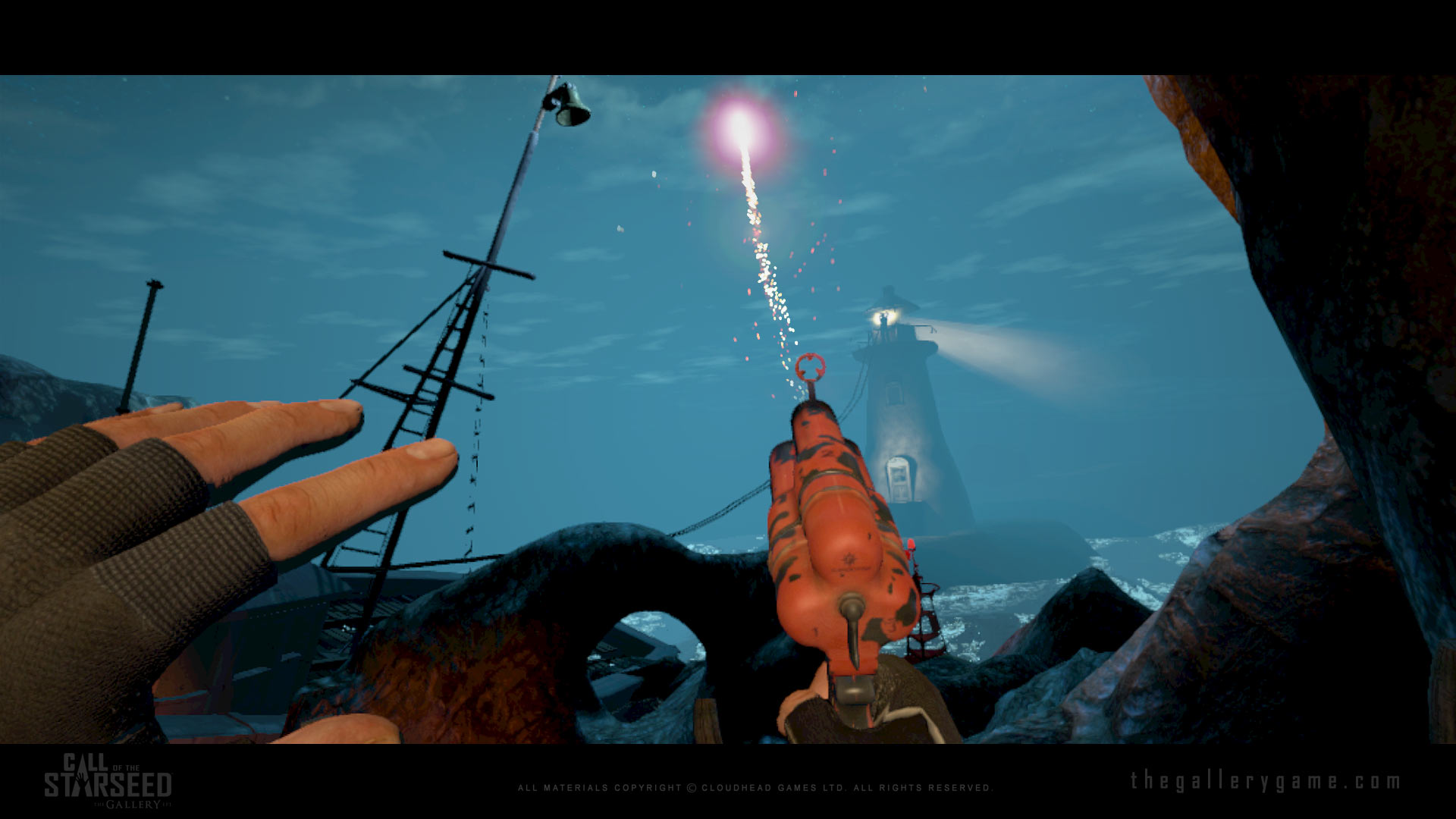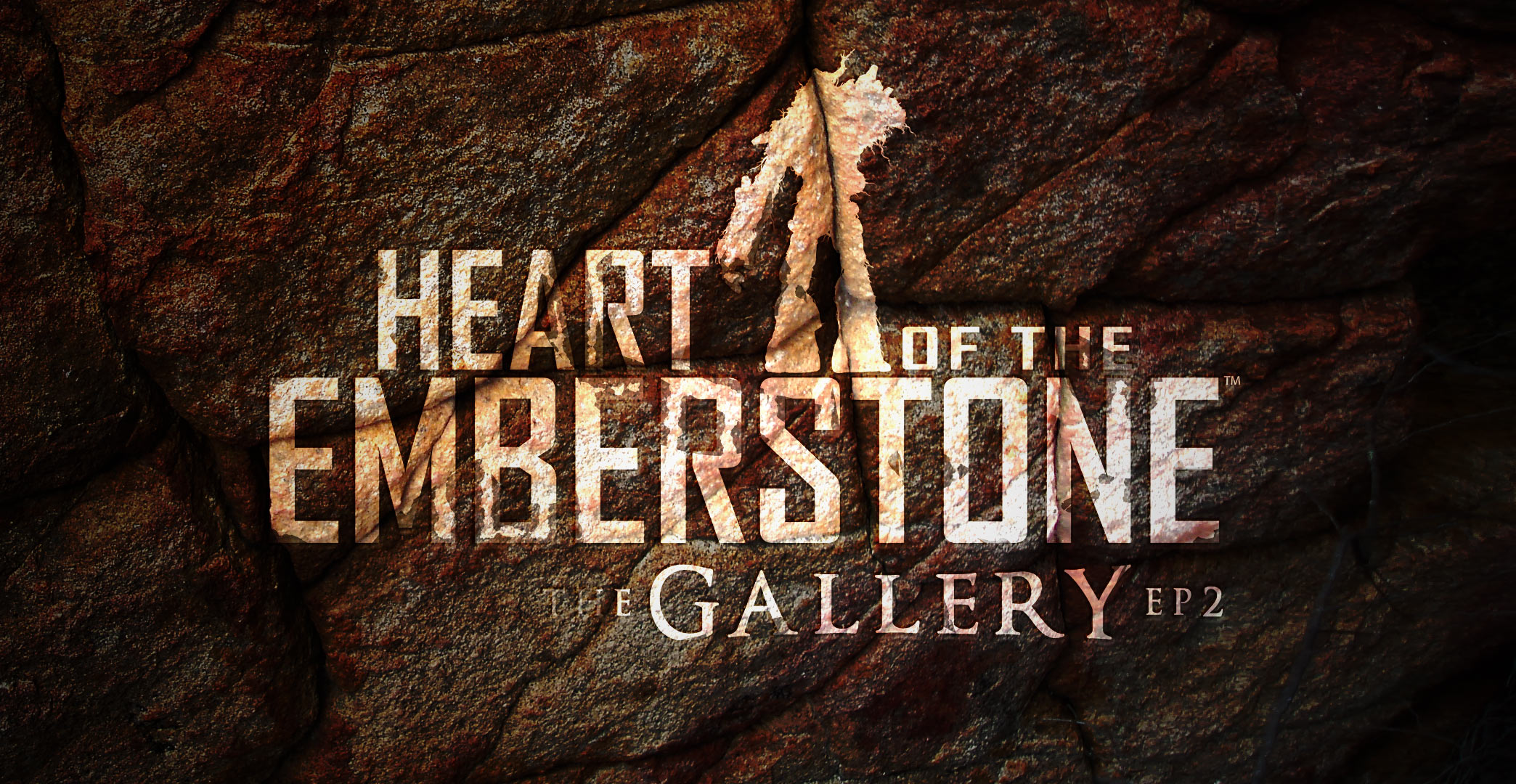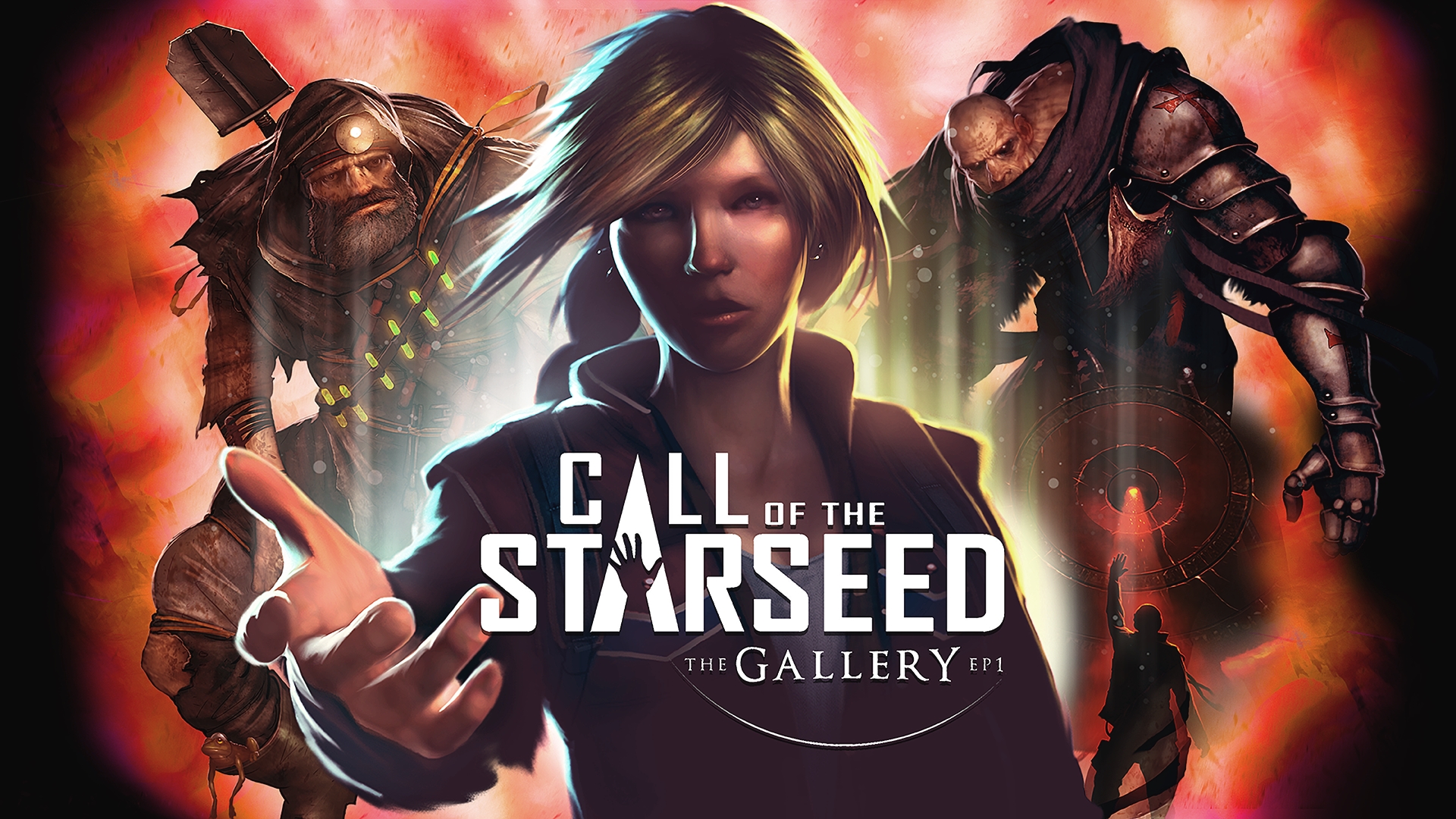There are plenty of high profile studios working on virtual reality games. Crytek is busy developing Robinson: The Journey, and has released The Climb. Insomniac Games was one of the first to support VR right off the gate with titles like Edge of Nowhere. Capcom surprisingly announced, this past E3, that Resident Evil 7 will be playable in PlayStation VR in its entirety. Sony also has its own first-party studios, such as Guerrilla Cambridge, working on PS VR exclusives like Rigs. But despite all of these big names and well-known franchises, a smaller developer has delivered one of the best VR gaming experiences out right now.
Cloudhead Games is a studio founded solely to work on VR games. It announced a Kickstarter in 2013 for a first-person adventure series called The Gallery, promising enjoyable gameplay that’s based on exploration and puzzle solving, and a captivating world to explore. Suffice to say, the studio met its lofty expectations, and then some.
Fantastical Inspirations
The first episode, Call of the Starseed, came out in April and was met with critical acclaim. The series is about the protagonist’s journey to find his/her missing sister in an eerie world filled with eccentric characters, plenty of mysteries, and an intriguing ancient machine. You’ve to explore the game’s memorable environments and look for clues and ways to solve the game’s many puzzles. The Gallery is heavily inspired by dark 80’s fantasy films.
“At the studio we’re all either kids of the 80’s or hugely influenced by them,” said Denny Unger, CEO of Cloudhead Games and Creative Director on The Gallery. “Many of the references and environments in the game are inspired by those moments we grew up with, eyes glued to TV adventures. The goal was to create a story that resonated with that sense of ‘everything is going to be OK’ no matter how crazy things might get. That same sense is also important to anchoring first-time VR users with a subconscious feeling of comfort.
“Give them things they recognize and they can hold onto during this weird experience in a deeper, more meaningful way. We’re also massive Myst fans, and very early on we knew that to really take advantage of VR as a medium we needed to strive for that feeling of unknown wonderment. Exploration of small, detailed spaces always seemed like the best fit for a first time VR experience.”
The Gallery’s mysterious and well-written story is one of its best aspects. The gorgeous, dark aesthetic and environments, most of which are dimly lit caves, factories, and eerie, dark blue skies, also play a huge role in enrapturing the player the second they put on a VR headset.
Kickstarter To The Rescue
Cloudhead Games did not set out to make an episodic game series at first. But, after some experimentation, and realizing that not many developers would even consider making an episodic series so early in VR’s life span, the studio decided to go in that direction.
“When we started production in early 2013 we didn’t set out to create an episodic experience, but in the end it was to our advantage,” said Unger. “Having the time to sculpt out each episode in terms of general fidelity/capability, and the time to add more depth to the narrative, really benefits VR as it constantly evolves.
“Having more bite-sized experiences allows users to fully digest the content without overloading them or expecting them to stay in VR indefinitely. It was less about building a 100-hour game in one shot. Our goal became to create a great introduction to VR with a movie-like experience that you can immerse yourself in.”
To make The Gallery into a reality, Cloudhead had to turn to Kickstarter in 2013. At the time, the studio was much smaller and needed to know that something like The Gallery was the right direction to go in when it came to VR gaming.
“The Kickstarter was important because it helped us cement our commitment and confirmed that gamers shared our dream for VR,” said Unger. “That there were people out there who wanted the type of experience we wanted to create. We asked for the bare minimum at that time, as we were only a 3-person team with a much smaller scope.
“As the complexity and the manpower of the project increased, we started to seek additional sources of funding, and before we knew it a company of 20 had formed around us.”
As a result, that has paid off. On the first episode alone, Cloudhead has already made over $1 million in sales.
The Second Episode
Now, with the first episode out, the studio is busy working on a much more refined second outing. Cloudhead needed to familiarize itself with VR hardware, and needed to figure out what The Gallery is, and needed to be, in the first episode. But now, it has the creative flexibility and confidence to pull off an ambitious second episode,
“Episode 1 was our ‘down the rabbit hole’ episode, introducing players to a familiar world and VR in general,” said Unger. “Episode 2 assumes you’ve had that grounding ritual and we are free to challenge the player quite a bit more. We are tweaking several systems for better feel/fidelity and adding some new ones which take into account important lessons learned from EP1.
“Our biggest advantage going into EP2 is that we’ve found our own set of internal systems and standards that work for VR. We’re no longer stumbling around in the dark wondering how to do core things in VR. The launch audience was quite vocal about where their particular sensitivities landed, so we’re doing everything we can to listen and improve the experience.”
The second episode is called Heart of the Emberstone. It will retain the same tone, and emphasis on environmental storytelling, but you can expect a lot more gameplay, especially when it comes to playing around with new powers and completely different puzzles to overcome. Also, more importantly, Cloudhead has been experimenting with new ways to teleport in the game. Moving around swiftly still remains an issue in early VR tech.
“The Gallery: Heart of the Emberstone is a longer experience than EP1,” said Unger. “This is a completely alien world where the normal rules don’t apply and it follows a non-linear game progression. We are amping up special abilities with the players newly found gauntlet power and essentially giving them the power fantasy they want.
“We are continuing to prototype new locomotion solutions as an alternate method of transportation to Blink. Teleportation is something we helped to innovate but it’s a contentious issue. While it solves most of the problems associated with vestibular disconnect, it does have a negative impact on immersion and none of us believe it is the end-game for VR locomotion. We think there’s a solid mix there that will lead to a solution which ticks many boxes for consumers.”
For now, there’s no release date for Heart of the Emberstone. But if Call of the Starseed is anything to go by, and especially considering the creative freedom Cloudhead is affording itself this second time around, you can expect another fantastic VR gameplay experience when it does land.
Alex Gilyadov is a freelance writer with work appearing in multiple publications, such as GameSpot, VICE, Playboy, Polygon, and more. You can follow him on Twitter: @rparampampam.

